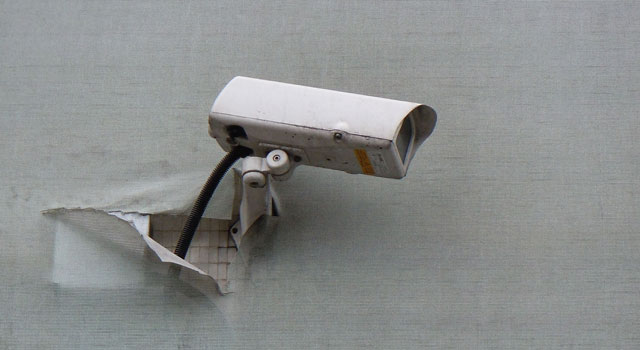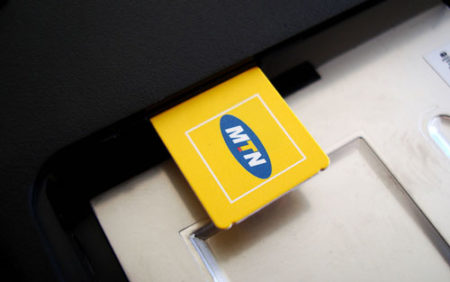
A tall, nondescript building in the Johannesburg CBD contains one of the most important rooms in the city, unbeknownst to the many citizens and cars that pass it.
It is the Johannesburg Metro Police Department and City of Johannesburg CCTV control room, and it is cited as one of the primary reasons why serious crime has dropped significantly in the CBD over the last few years.
“I can say that there is hasn’t been a bank robbery, neither an ATM or cash heist, in the CBD for the past five years,” metro police chief superintendent Wayne Minnaar said at the control room on Thursday.
“Serious crime is definitely reduced. There is still opportunistic minor crime which happens. Bag snatching, pick pocketing, that type of stuff.”
CCTV has been used in the Johannesburg CBD for the last 14 years, with the control room set up in 2006 by Omega in conjunction with the city and metro police.
“Omega is the company which installs and maintains all of the CCTV cameras in the CBD of Jo’burg and also provides staff for monitoring of the cameras on a 24 hour basis, seven days a week,” Minnaar says.
“The cameras were initially just at strategic sites in the Jo’burg CBD. However, it has grown quite substantially and there are now over 400 cameras in the CBD and adjacent areas.”
According to Minnaar, this has helped metro police and law enforcement agencies “tremendously in helping to reduce serious crime”.
“We are very happy. I don’t think we would’ve made the progress we’ve done without the CCTV system,” he says.
The system costs the city around R20m/year, with at least 50 people inside the centre at any one time liaising with officers on the street.
Crafty criminals
The city’s CBD boasts hundreds of CCTV cameras, but that has not stopped criminals from trying to thwart the efforts of law enforcement.
“What we have noticed is that they [criminals] change their clothing after they have committed the crime so they cannot be identified easily from the cameras,” Minnaar said.
Those seeking to evade arrest would even change more than once to try and make sure they cannot be identified when arrested.
“We have a particular incident on camera where a suspect changes twice after a smash and grab where he stole a cellphone. He changes the top and puts it in [a carrier] bag,” Minnaar says.
“Then he changed again and took the shirt off and was only left with a t-shirt by the time the officers arrested him. It’s definitely the same man because he’s still got the same carrier bag. The system that we use here, we call it a track and trace process.
“They follow a suspect on foot from camera to camera or from area to area or block to block from camera to camera.”
Beyond simply changing clothing, criminals have attempted shooting at the cameras, and in one case several years ago, used an angle grinder to cut down the pole the camera was situated on.
“It was in the middle of the night at one of the Crown Mines hotspots and they used a blanket to cover the camera and they used an angle grinder to cut down the pole,” Minnaar says.
To stop this from happening, the city has had to install cameras on concrete polls. Procedures were also in place to ensure officers are immediately deployed to cameras that stop working.
“There was an incident where a guy was shooting at the camera and the operator fell from his chair. As soon as a camera goes down, JMPD goes there immediately to see what happened,” Minnaar says.
Businesses returning
The installation and expansion of CCTV cameras in the Johannesburg CBD over the last decade is partly credited for seeing businesses return to the area, a boon for the city government.
“A lot of business has returned to the city over the past 12 years. Food outlets, Nandos, McDonalds, all of those,” Minnaar said.
“That was part of the plan of having the cameras. To have people feel safe and for business to return to the city. There has been expansion where there’s been a partnership with business, particularly to the western side of the city.”
Businesses such as Edcon and Gold Reef City have teamed up with metro police and the city to extend the camera network, with the system also spreading to the eastern side of the CBD.
“The more partnerships we can form, the better. We will be able to grow the system as wide as possible,” Minnaar said.
The system initially focused on certain hot spots in the CBD, but has now expanded to 402 cameras, 318 of which have the ability to rotate, zoom in, and zoom out. The remainder are fixed cameras focusing on transport hubs where petty crime occurs.
“The camera footage is actually used as evidence in court which has been to our advantage greatly,” Minnaar said.
“Where a crime has happened, then the investigating officers from the South African police use the very footage as evidence and are able to convict criminals with the footage.”
The camera network extensively covers the entire CBD and its outskirts, where it is used for law enforcement, by-law enforcement, road management, and emergency service management.
While used for these four purposes, any footage picked up and uploaded into the control room’s server room is not allowed to be used to “disadvantage any member of the public from a privacy point of view”.
Johannesburg modelled its CCTV system on the British city of Birmingham, where according to Minnaar it proved to be very successful. — News24


